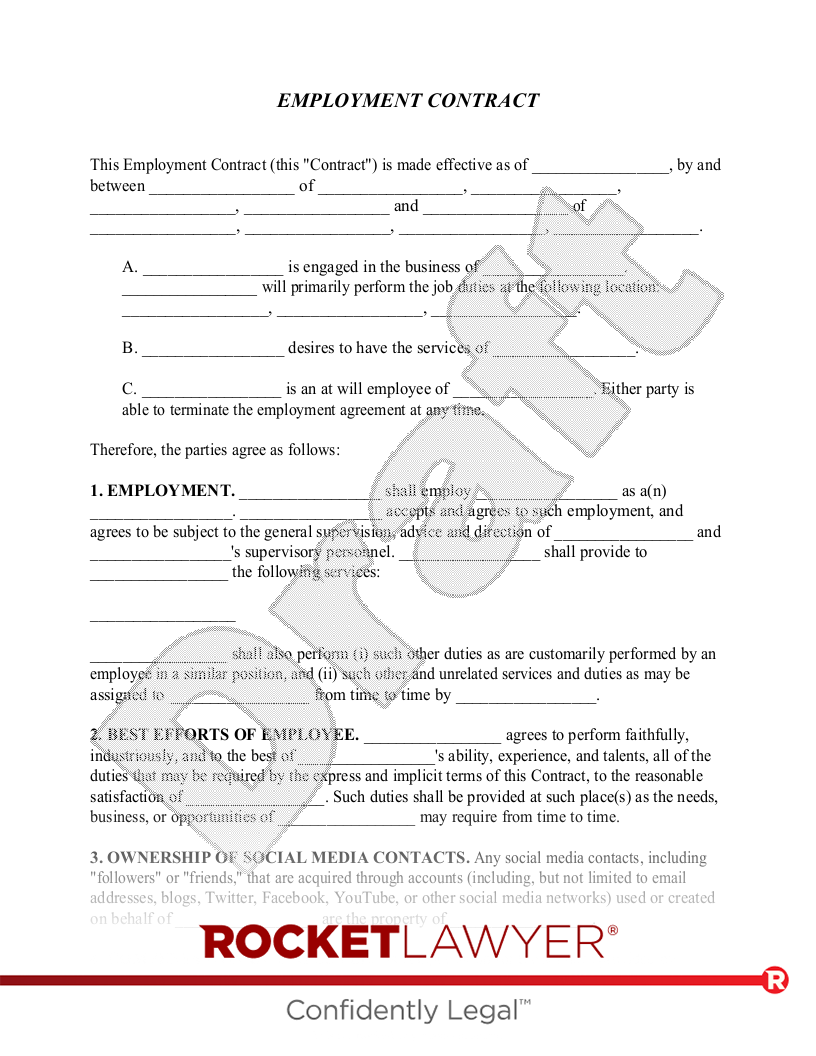How can you prevent workplace harassment? If you own a business that does not have a harassment policy, just complete this simple step-by-step interview. We're here to help.
Labor Laws and the Workplace
Employees have the legal right to work in an environment that doesn't involve denigration of their race, religion, gender and other important characteristics. The law doesn't typically classify emails, gestures or jokes as harassment, unless they're considered very severe and reoccurring.
The federal government considers workplace harassment a form of employment discrimination that violates Title VII of the Civil Rights Act of 1964, the Age Discrimination in Employment Act of 1967 (ADEA) and the Americans with Disabilities Act of 1990 (ADA).
The U.S. Equal Employment Commission provides these examples of workplace harassment:
- Offensive jokes, slurs, epithets or name calling
- Physical assaults or threats
- Intimidation, ridicule or mockery
- Insults or put-downs.
- Offensive objects or pictures.
- Interference with work performance.
The EEC also says the victim doesn't have to be the person harassed-anyone affected by the offensive conduct can be considered a victim. And a victim doesn't necessarily have to suffer economic injury for an offense to be considered harassment.
How to Respond to Workplace Harassment
When you, as an employer, become aware of alleged harassment in the workplace, it's imperative that you respond quickly and according to the law and company policy. Managers and supervisors should already be trained in how to recognize and deal with this issue. The American Bar Association offers these guidelines for employers:
- Managers and supervisors should not try to investigate the complaints themselves-unless they're designated to. If not, report the complaint to the appropriate individual at the company, which could be the human resource director, personnel manager, etc.
- In cases of alleged sexual harassment, you should make sure the main investigator is of the same gender as the victim to help maintain objectivity.
- After a complaint is filed, the designated investigator should ask the employee who makes the complaint for a full narrative of events behind the complaint, including date, approximate time of the incident, location, employees involved, witnesses, exact nature of the incident and any other comments.
- The investigator should limit questions to requests for factual information only. The ABA advises that your investigator only write down verified factual details while avoiding mental impressions, conclusions or speculation.
You should also consider whether you need to hire a lawyer to help you craft your harassment policy.
The Ramifications of Harassment in the Workplace
According to the EEC, the employer is 'automatically liable for harassment by a supervisor that results in a negative employment action such as termination, failure to promote or hire, and loss of wages.'
However, when a supervisor's harassment results in a hostile work environment, you as the employer can avoid liability only if you can prove that your company 'reasonably tried to prevent and promptly correct the harassing behavior,' and that your employee 'unreasonably failed to take advantage of any preventive or corrective opportunities' you provided.
You are liable for harassment by non-supervisory employees or non-employees over whom you have control, such as independent contractors or customers on site if you knew, or should have known, about the harassment and didn't take quick, appropriate action, according to the EEC.
Preventing Workplace Harassment
You can help prevent workplace harassment and discrimination through training and education of leadership and employees so they're clearly aware of labor laws. Some of the additional steps that help prevent harassment and promote health and safety include:
- Clearly communicate to employees that you won't tolerate unwelcome harassment in any form.
- Provide examples of what harassment is and is not.
- Clearly state what the law says about discrimination in the workplace and what penalties can be involved.
- Set up a complaint or grievance process.
- Create an environment in which employees feel free to raise concerns and have their concerns properly addressed.
- Make sure employees understand your company's harassment policy before they sign it.
Workplace Discrimination No Longer Tolerated
Gone are the days when come-ons and racial slurs were just a part of the job. No one should be exposed to harassment in the workplace. But, unfortunately, such offensive behavior still occurs.
It's important that employers take proper steps to train managers, supervisors and employees on how to know employment laws, how to recognize workplace harassment, how to respond to it and the methods your company has in place for dealing with such complaints.
Please note: This page offers general legal information, not but not legal advice tailored for your specific legal situation. Rocket Lawyer Incorporated isn't a law firm or a substitute for one. For further information on this topic, you can Ask a Legal Pro.
